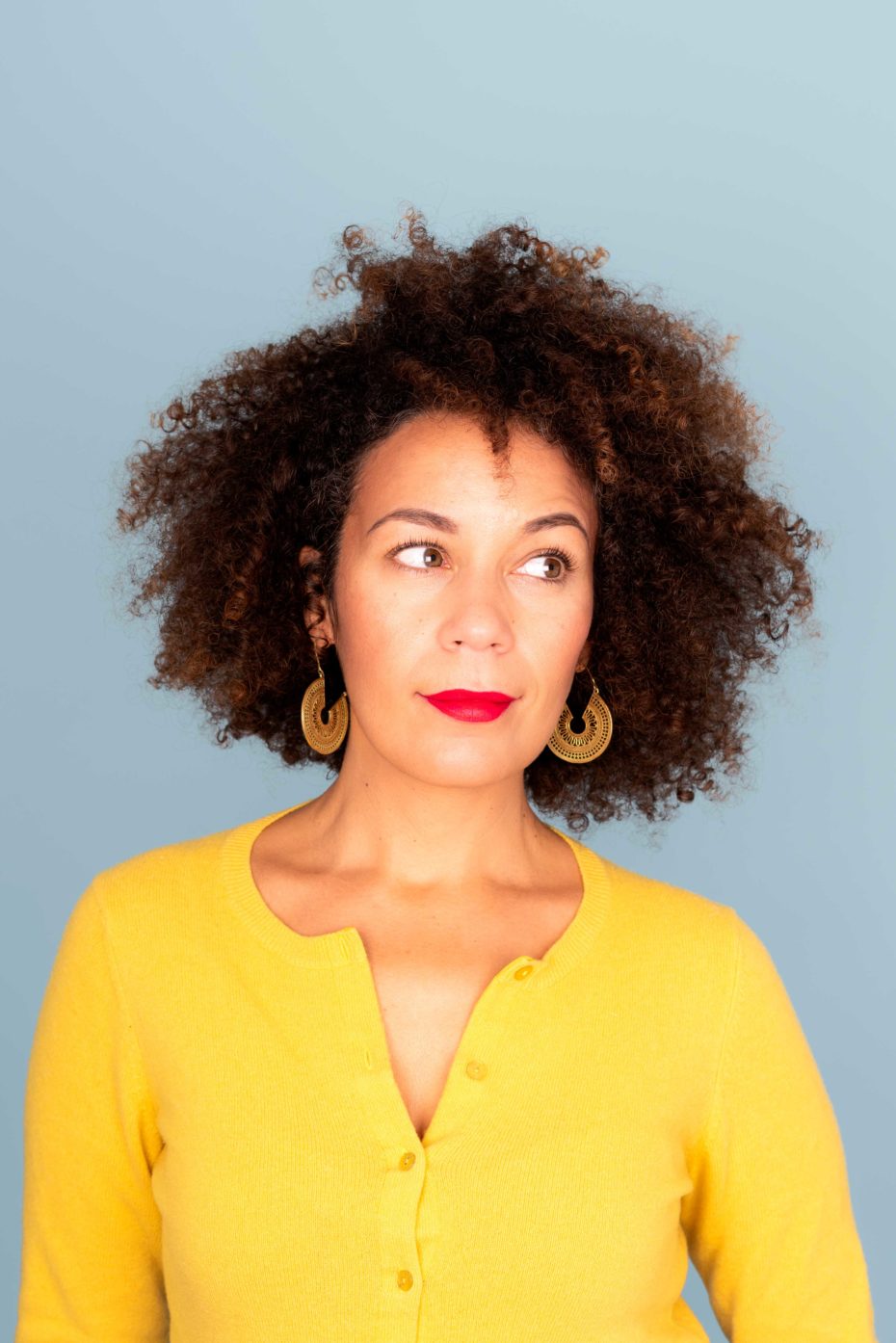1) What drew you to the story you and compelled you to make the wonderful film you submitted?
I had always wanted to make a film about depression and suicide. I had written a couple of screenplays around that topic but none that really touched me enough. So, when the cinematographer, Clint Davis, talked about making a film on an iPhone, we sat down to brainstorm some ideas. I had just shot a narrative film and a fashion film and really wanted to do an experimental film this time around. And I wanted to film in a forest. My co-producer, Kristine Trofimova, threw in the idea of something about suicide. I had written a poem which, in the end, served as the basis for the monologue of If Only Nothingness was a Thing, so we built it from there.
2) What prompted you to make the decision to shoot your film with Filmic Pro on a smartphone instead of a traditional camera, and was this your first experience using our app?
My cinematographer Clint Davis was the one who came up with the challenge. He saw the contest, texted me, and that basically got us going into that direction. A friend of mine had recently shot a whole feature with the app and it looked amazing. I was really dying to move into mobile cinematography. Both Clint and I had used the Filmic Pro app on other projects before, so we knew what we could get from it.
3) Describe the experience of shooting your short film with mobile devices and Filmic Pro?
One of the great things about filming with a smartphone is your freedom of movement. The cinematographer can be very close to the actors without being intrusive. It also allowed us a lot more flow in the camera movement without risking breaking the cinematographer’s back – it’s just a lot lighter. Add to that what the Filmic Pro app can achieve. It really gives you an amazing cinematic look and feel.
4) What did shooting on a smartphone allow you to do that you otherwise might not have been able to?
By shooting on mobile with the FiLMic Pro app we were able to move fast. We shot the whole film in a matter of hours. Because we didn’t have a lot of gear or even heavy gear, we were able to move fast. What took us the longest was to walk from location to location in the forest, was not the set up. We had a few lights with us just in case but we actually made use exclusively of natural light. We simply used the app to control the amount of light.
5) Where has your film screened to date (festivals, etc.)?
FilmicFest was the first festival we submitted the film to. We have sent it to other festivals and are awaiting responses.
6) What is your next project?
Sleep. We’ve been working back-to-back since September. Seriously, we don’t know yet. The crew in this film is just amazing. I think the true success of this film was how we were able to build upon each other’s ideas. Literally, everyone. I’d think of something, then Clint would add something to it, Meda, the production assistant, would warn us of something we oversaw, then Amélie, the actress would suggest an alternative, then Vinnie, the composer, would chip in with some thoughts, and finally, Magda, the editor gave us great input regarding the final look. We definitely want to do something together again soon but we are keeping our options open. Who knows, it might make it to next year’s FilmicFest.

Follow the crew and their work:
Director Cíntia Taylor: @cintiataylor // http://www.cintiataylor.com/
Cinematographer Clint Davis: @dabhanddavis
Actress Amelie Onzon: @amelieonzon
Editor Magda Lepczynska: @magdalena_productions
Production Assistant Meda Januskaite: @medajan